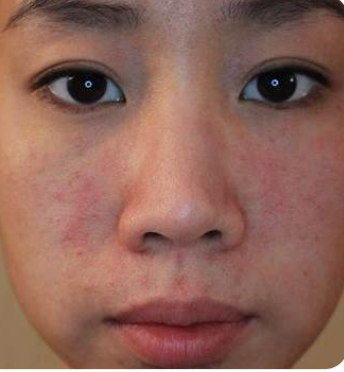
Is This Reaction Normal, or Is My Skin Trying to Tell Me Something's Wrong?
When starting a new skincare product or treatment, it's common to feel unsure about how your skin is responding. A bit of tingling or a temporary flush might seem harmless — but what about persistent redness, dryness, or breakouts? Is your skin adjusting, or is it signalling distress?
Let’s break down how to tell the difference.
Understanding Normal Skin Responses
Some temporary changes are completely normal, especially when introducing active ingredients like retinol, AHAs, BHAs, or vitamin C. These responses might include:
Mild tingling or warmth during application
Temporary dryness or light flaking
Slight purging (increased breakouts as congestion clears)
Mild redness that settles within 30–60 minutes
These reactions usually settle within a few days to a couple of weeks as your skin adjusts.
Signs Your Skin Is Not Coping
If your skin feels persistently uncomfortable, it's trying to tell you something. Warning signs include:
Stinging, burning, or itching that continues after application
Ongoing redness or inflammation
Tightness that doesn’t ease with hydration
Increased sensitivity to products or the environment
Worsening breakouts or rash-like bumps
These signs can indicate barrier disruption, allergic reaction, overuse of actives, or incorrect product selection.
What to Do If Your Skin Reacts
Stop and Simplify : Pause all actives and stick to a gentle cleanser, barrier-repairing moisturiser, and SPF. This gives your skin a chance to recover.
Avoid Adding More : Resist the urge to “fix” the reaction with more products. Less is more during recovery.
Check Your Routine : Review your product combinations — are you layering too many actives? Are you using something too often?
Seek Professional Advice : A qualified skin therapist can help assess whether the reaction is part of a normal adjustment or a signal to change your routine.
Prevention Tips
Always introduce new actives slowly — 2–3 times a week to start
Patch test if you have sensitive skin or a history of reactions
Don’t combine too many strong actives unless guided by a professional
Bottom Line
Your skin is smart — it tells you when something is off. Tingling or minor adjustment is normal. Burning, peeling, or persistent inflammation is not. Listen to your skin and don’t push through pain in the name of progress. Skin health always comes first.
If you're unsure, book a Skin Discovery Session for personalised advice and support — we’re here to help you make sense of what your skin is telling you.
